Although you probably only started to hear a lot about it in the last decade or so, biometrics isn’t a new concept at all. During our editorial series, “The Magic of Biometrics”, we discussed how Babylonians were the first to use fingerprints as signatures in clay and how Sir William Herschel initiated fingerprinting in India in the 19th century as a method of authentication for legal documents.
In an earlier segment on biometrics (click here if you missed it), we learned that computer vision is an integral part of biometric deployment and we outlined the way this technology reaches you today. Smartphones have become the most popular device for biometric deployment in the last couple of years, including fingerprint analysis, eye-scanning and other biometric methods. Last but not least, we understood how different industries employ biometrics and the way they affect our lives.
We’ve put the past under the magnifying glass and we’ve analyzed the present. To get an idea of what could come next, we sat down with Martin George, Biometrics Consultant at FotoNation Limited, an emerging player in this growing market, and together we teleported ourselves 20 years into the future to see how biometrics changed our lives and if it was really worth it. #biomagic
The year is 2036 and Biometrics are part of our daily lives, in the same way that smartphones were 20 years ago; let’s see how things changed in that time.
TTL: What Biometrics technologies are available for the end-user?
Electronics are embedded in clothes and other accessories we wear today and as you’d expect they’re powered or recharged by the kinetic energy generated when we move and solar energy. We are constantly being measured in real time by a vast array of biometric sensors, providing a persistent source of identification – when needed or on demand, selectable by us so we (each, individually) mantain control.
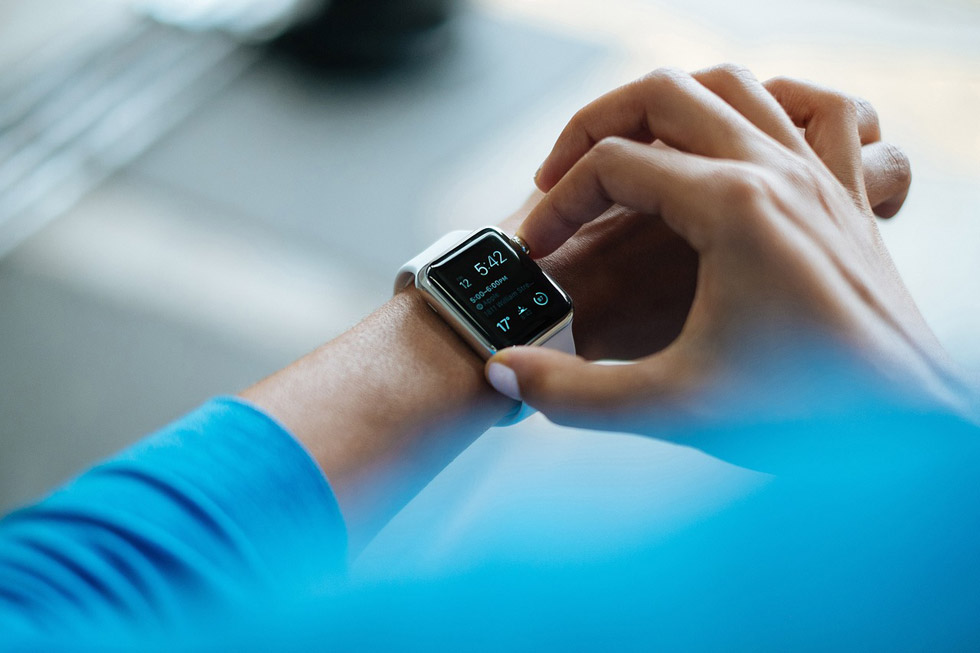
Various “soft” biometric data points such as heart rhythm, gait, voice, skin temperature and body odor are being constantly recorded in the background by sensors that are woven into the fabrics we wear. For instance, for high reliability ID checking, you can have an instant DNA sample taken by these sensors. This does require a bit more power, so again, it’s a selectable option by the wearer. Many other non-biometric attributes are also monitored with our wearables, such as location and level of physical activity.
TTL: How is the widescale availability of biomeric data used by corporate, government and military institutions?
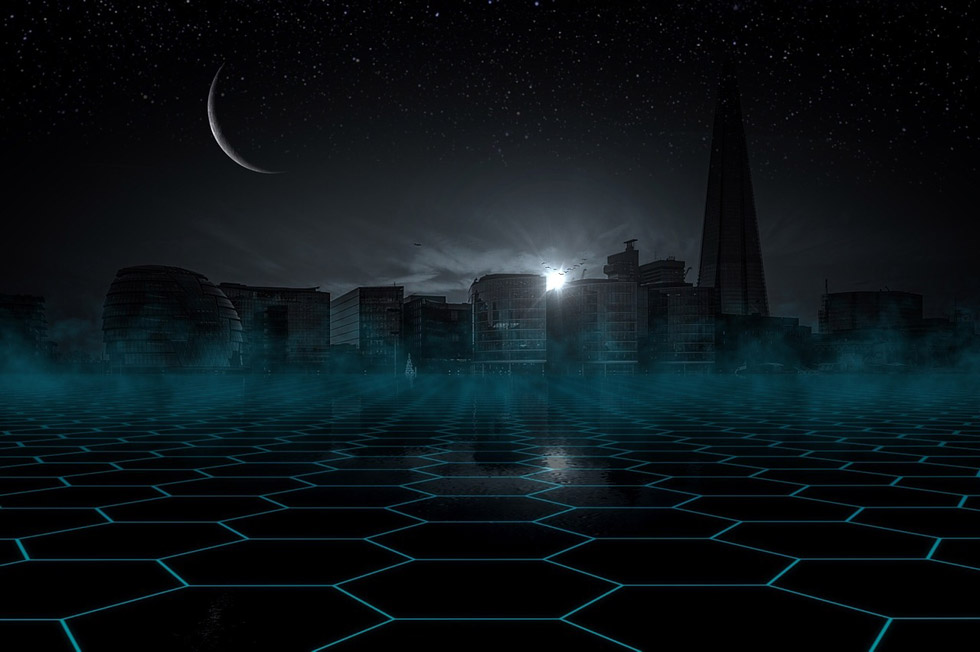
Wearables are also used to provide access ID as we enter buildings and also during travel, for example at border control points. Checking is seamless and immediate using wireless sensing two generations more sophisticated that was possible two decades ago. Levels of privacy and location disclosure are selectable depending on the tolerance level we are comfortable with and according to the type of environment and activity in which we are engaging. Government and public service employees such as armed service and police are subject to more rigurous monitoring while on duty.
Always-on armour includes embedded readers that allow them to check the identity of anyone with whom they come in contact.
TTL: What is the level of safety provided by the end-user targeted solutions?
We all have a personal ID Cloak (security and privacy for Internet-enabled devices), but some rogue applications are constantly trying to probe it to breach our privacy. IT security methods have advanced massively, so provided we keep our personal protection up to date, we’re OK. A recent news report did tell of an incident where several individuals were hacked and their IDs used to steal money. However, because of “Smart Sensors Everywhere” that have local intelligence based on advanced machine learning algorithms, they are able to analyze the situation real-time based on location, environment, ID and past behaviour and so, report the events as potentially suspicious and limit the damage. New ID cloak credentials are provided automatically and wirelessly within minutes.
TTL: Do we still use money?
Money in the form of cash is still used, but in far fewer transactions.Usually those where, individuals, for whatever reason choose/need/want to retain complete anonymity. However, this is generally discouraged.
Most transaction take place automatically and without cash. ID verification and approval is made with each transaction at the point of sale – whether you are out and about at an event, in a retail outlet or online.
TTL: In how many place do we encounter biometric solutions in our daily lives?
Biometrics are literally everywhere and used for many things – not just for verification of identity. Our state of health, medication level, physical activity and fitness are all being constantly monitored and available to us and whoever we authorize 365/24/7. We all still have a choice as to whether we enable or disable this data gathering, however there are sometimes consequences. For example, auto and medical insurance premiums are skewed in favour of those who participate, according to the insurance companies it’s all about risk awareness.
TTL: Describe some mundane activities that today (in 2036) are linked with Biometrics.
Almost everything we do these days has an element of biometrics in it, because biometrics allows us to prove instantly that we are entitled to do something – whether it is for accessing places or information, or making use of sports facilities and entertainment. Payment and subscriptions are of course an integral part of that.
TTL: Is there any privacy left in the world?

Yes – through the cloaking mechanism I mentioned earlier. Strangely enough, in 2036, our faces are hardly ever used as an active identifier in automated systems. The problem is there are so many digital images of faces of all kinds out there in the world, it became really easy for someone to use a digital image to breach or spoof an ID system, and so compromise someone else’s individual privacy and even take over their identity. This is why more sophisticated biometric systems, such as iris scanning grew in popularity and with it consumer confidence in biometrics.
Another factor was that face images are too “passive” and so cannot provide the kinds of information for continuous monitoring that wearable biometric sensors have been able to.
TTL: What was the key point in the past, which triggered this widescale public acceptance of Biometrics?
Basically, the rapid development of wearable electronic sensors and the development of organic electronic sensors, plus the understanding of how safe and secure these biometric systems could be. OLED displays were mainstream by 2015-2016, and further developments of related technology with nano sensing particles and printed electronics allowed micro-miniature systems to be produced in high volume at low cost. Confidence to adopt and accept the benefits of Biometrics really took off though, when everyone realized the potential to provide much higher levels of security for people and their personal information, and also that they retained control over whether to enable of disable the sensors and control who had access to the information being generated.
* This is where our editorial series, “The Magic of Biometrics” ends. Our journey continues, though; the next subject we’ll talk in-depth about is drones. Together, we’ll discover more about the first quadcopters built, how the models of tomorrow will look like and how could they be used to change our world.
*This article is written as part of an editorial series presented by FotoNation.
Follow TechTheLead on Google News to get the news first.

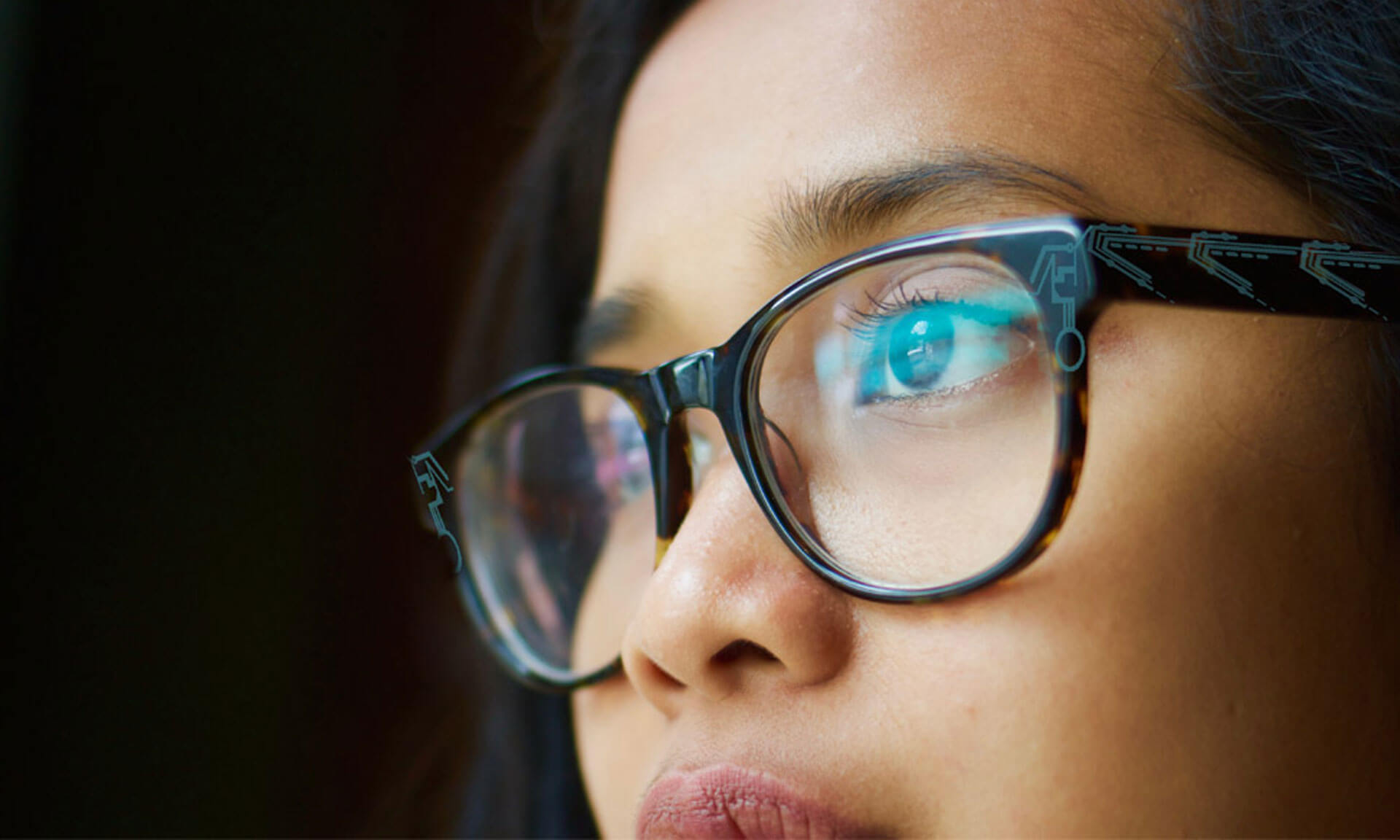


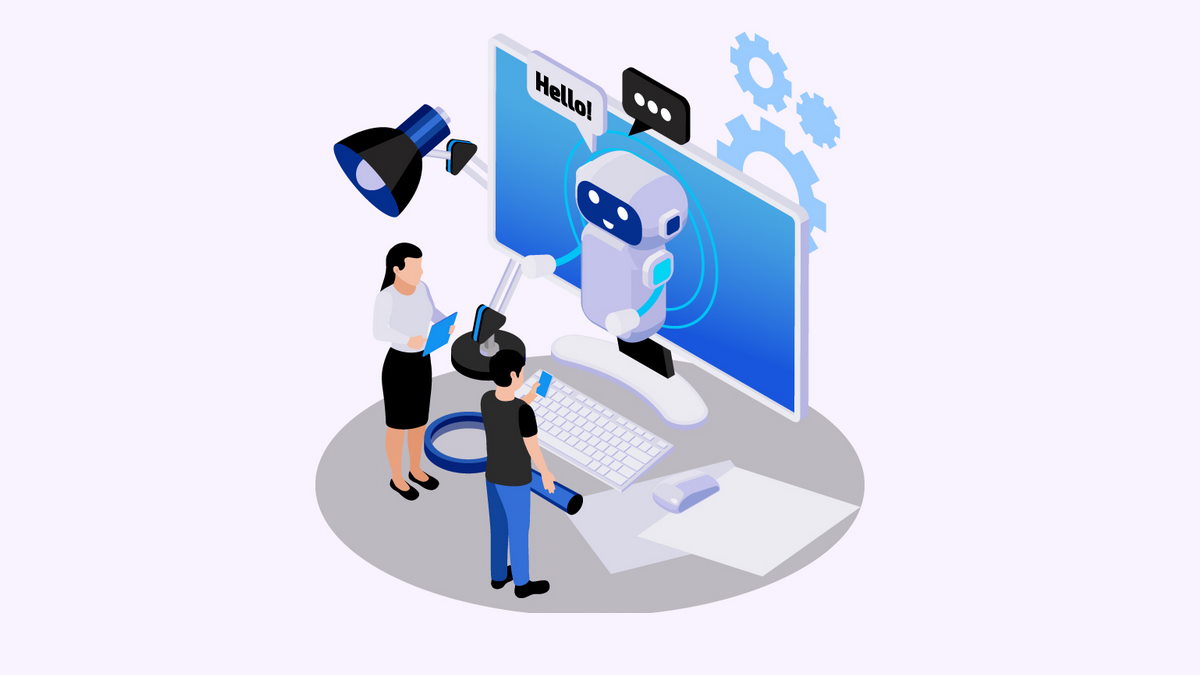












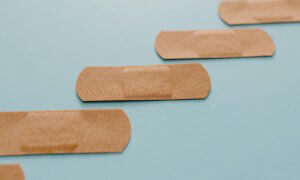













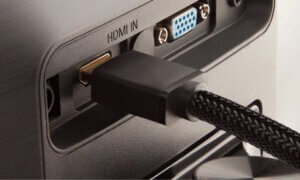

Elida
July 25, 2016 at 4:27 am
Hi–I am 79 years old and have been quilting since my retirement (in 1993) from teaching business in the public schools of PA. I don’t know what “rules” you are speaking of, however, I do what I like to do. I love your pillow. I’m not good at machine quilting such as stippling, but I would love to learn–I just have no patience with having to practice, practice, practice. I always want the finished product asap. I think our quilting foremothers would love our so called d02;mo8ern” way of quilting if they were with us today.